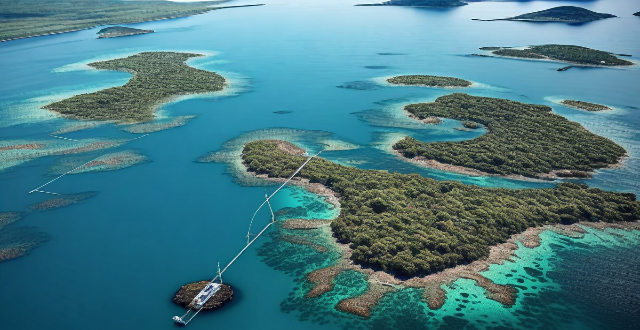Climate change, driven by human activities, significantly impacts biodiversity and ecosystems through various mechanisms such as temperature increase, changes in precipitation patterns, sea level rise, ocean acidification, extreme weather events, and altered species interactions. These effects can lead to extinction risk, habitat loss, food web disruption, and imbalances in ecosystem dynamics. Mitigating climate change and adapting to its consequences is crucial for preserving biodiversity and ecosystems.

How Climate Change Affects Biodiversity and Ecosystems
Climate change, a long-term alteration in global climate patterns, significantly impacts biodiversity and ecosystems. This phenomenon is primarily driven by human activities such as burning fossil fuels, deforestation, and industrial processes that increase greenhouse gas emissions. Below are some key ways climate change affects biodiversity and ecosystems:
Temperature Increase
- Extinction Risk: As temperatures rise, species that cannot tolerate the heat may become extinct.
- Altered Distribution: Warmer temperatures can shift the ranges of species, causing competition for resources and habitat loss.
- Phenological Changes: The timing of seasonal activities like migration, reproduction, and flowering can be altered, affecting food webs and ecosystem dynamics.
Changes in Precipitation Patterns
- Droughts: Reduced rainfall can lead to water scarcity, affecting wetland ecosystems and species dependent on them.
- Floods: Increased rainfall can cause flooding, which disrupts habitats and displaces wildlife.
- Fire Regimes: Changes in precipitation can affect fire frequencies and intensities, altering ecosystems adapted to regular fire cycles.
Sea Level Rise
- Coastal Habitat Loss: Rising sea levels can submerge coastal habitats like mangroves and salt marshes, reducing habitat for coastal species.
- Saltwater Intrusion: Saltwater can intrude into freshwater systems, affecting freshwater biodiversity.
Ocean Acidification
- Calcifying Organisms: Increased carbon dioxide levels make oceans more acidic, affecting organisms that build calcium carbonate structures, like corals and shellfish.
- Food Web Disruption: Changes at the base of the food web can have cascading effects on higher trophic levels.
Extreme Weather Events
- Habitat Destruction: Storms, hurricanes, and cyclones can destroy habitats, leaving species with limited options for survival.
- Disease and Pest Spread: Extreme weather events can facilitate the spread of diseases and pests, further stressing ecosystems.
Species Interactions
- Predator-Prey Relationships: Altered temperature and precipitation patterns can affect predator-prey dynamics, leading to imbalances in ecosystems.
- Pollinator Relationships: Changes in flowering times can mismatch pollinators with plants, affecting plant reproduction and seed set.
In conclusion, climate change poses significant threats to biodiversity and ecosystems through various mechanisms. These impacts are complex and interconnected, making it crucial for global efforts to mitigate climate change and adapt to its inevitable consequences.